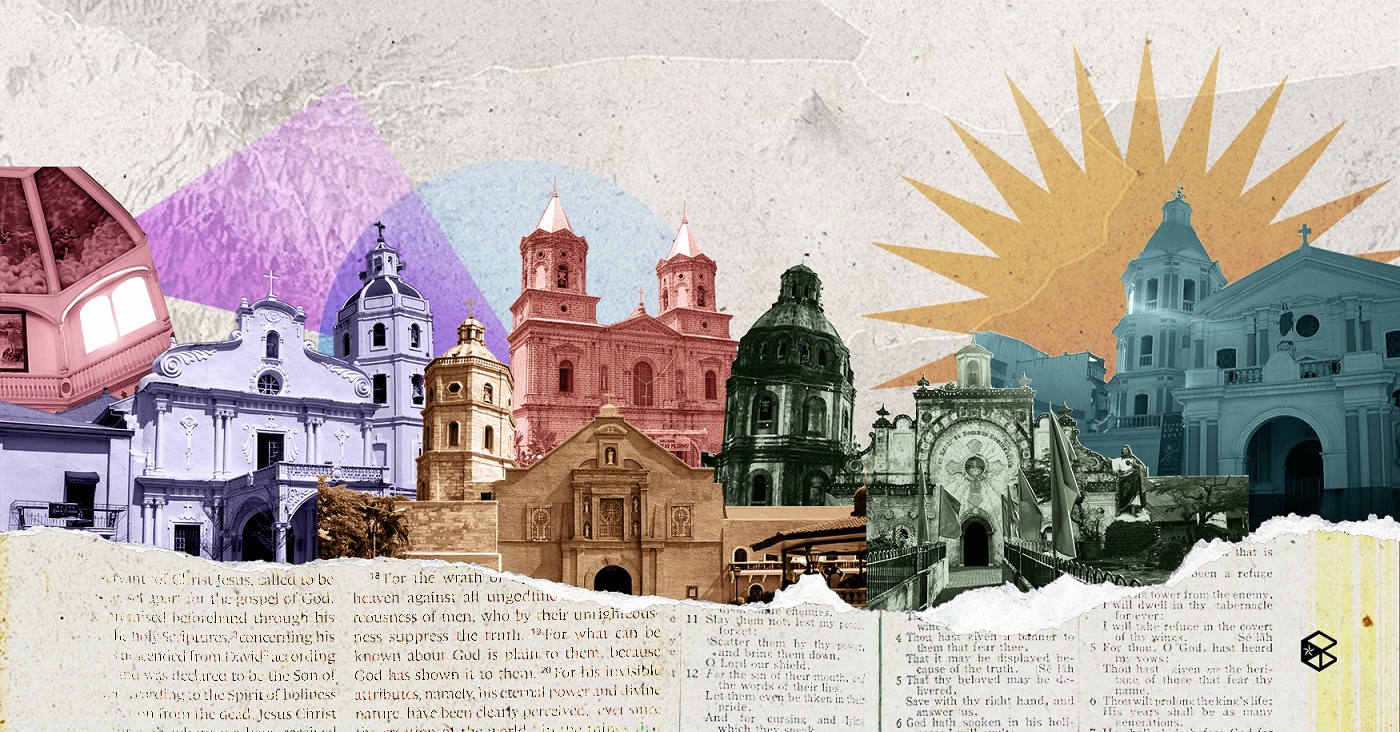The province of Pampanga comes alive during the Holy Week season every year as people from all over come to witness the various faith-related activities, such as the Kapampangan practice of penitensya, and the visitation of national heritage churches to relive the history of the Roman Catholic faith in the Philippines. Each year, friends and families come together to visit seven main churches as part of Visita Iglesia.
Pampanga was one of the most important and influential regions during the Spanish colonial period, with numerous heritage churches retaining their original materials and structure until today. These churches, some of which date back centuries, attest to the Kapampangan people's steadfast faith and the region's continuing influence of the Spanish colonists.
Many churches hold lush secrets waiting to be discovered by any watchful eye. As the Philippines celebrates Holy Week after the pandemic, it is worth remembering that churches are more than just places of worship. Take a look at six historic churches in the province of Pampanga that will leave you wanderlust.
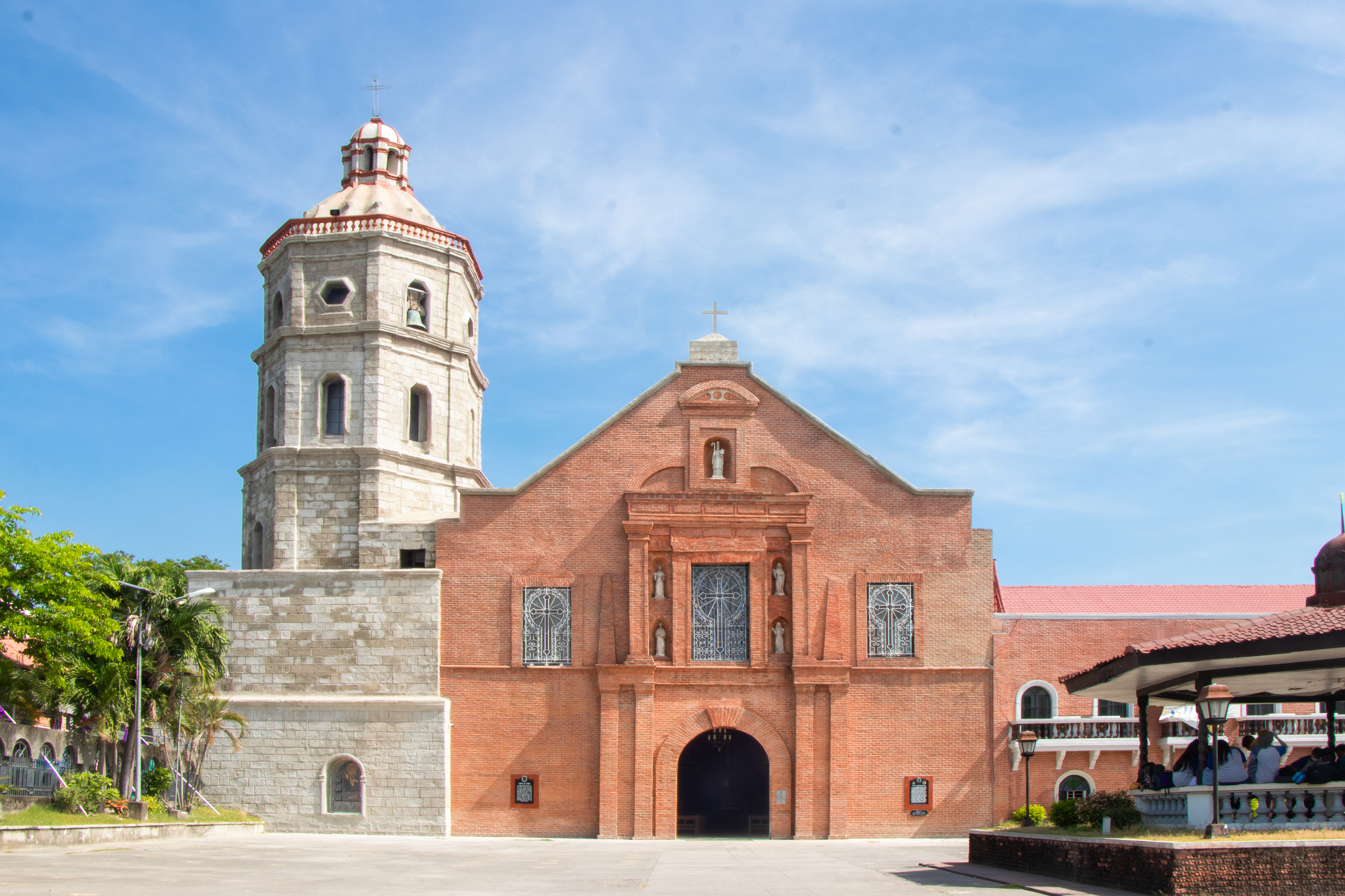
San Agustin Church, Lubao
San Agustin Church, or Lubao Church to locals, is the oldest surviving parish in Pampanga and is considered the cradle of the Kapampangan civilization. In 1952, a plaque marking the history of the structure was installed on its facade by the Historical Committee of the Philippines, and in 2013, it was declared an Important Cultural Property by the National Museum of the Philippines.
Since its founding in 1571, the church celebrates the 453rd anniversary of Christianity in Pampanga this year. Three significant inscriptions have been installed on the church to recognize its significance and cultural contributions: one from the National Historical Committee, the parish of Lubao, and the National Museum of the Philippines.
Its establishment dates back to pre-Christianity Lubao, when the area was still occupied by Muslim communities and Christianity was rejected by the locals. When Augustinian friars first arrived in Lubao, Spanish conquistador Martin de Goiti gifted the Kapampangan Chieftain Datu Macabulus with a crucifix to demonstrate goodwill. However, the crucifix and the body of Jesus attached to the cross were later found in separate locations after being thrown away by the locals who resisted the conversion to Christianity.
Lubao Church is a stunning 17th-century Neoclassic Spanish stone and brick structure in Barangay San Nicolas and dedicated to St. Augustine of Hippo, the patron saint of brewers, printers, and theologians. It is the perfect starting point for your Visita Iglesia as it takes you back to the beginning of Christianity not only in Pampanga but in the whole Philippines. From here, you get a quick introduction to all the following churches you’ll visit.
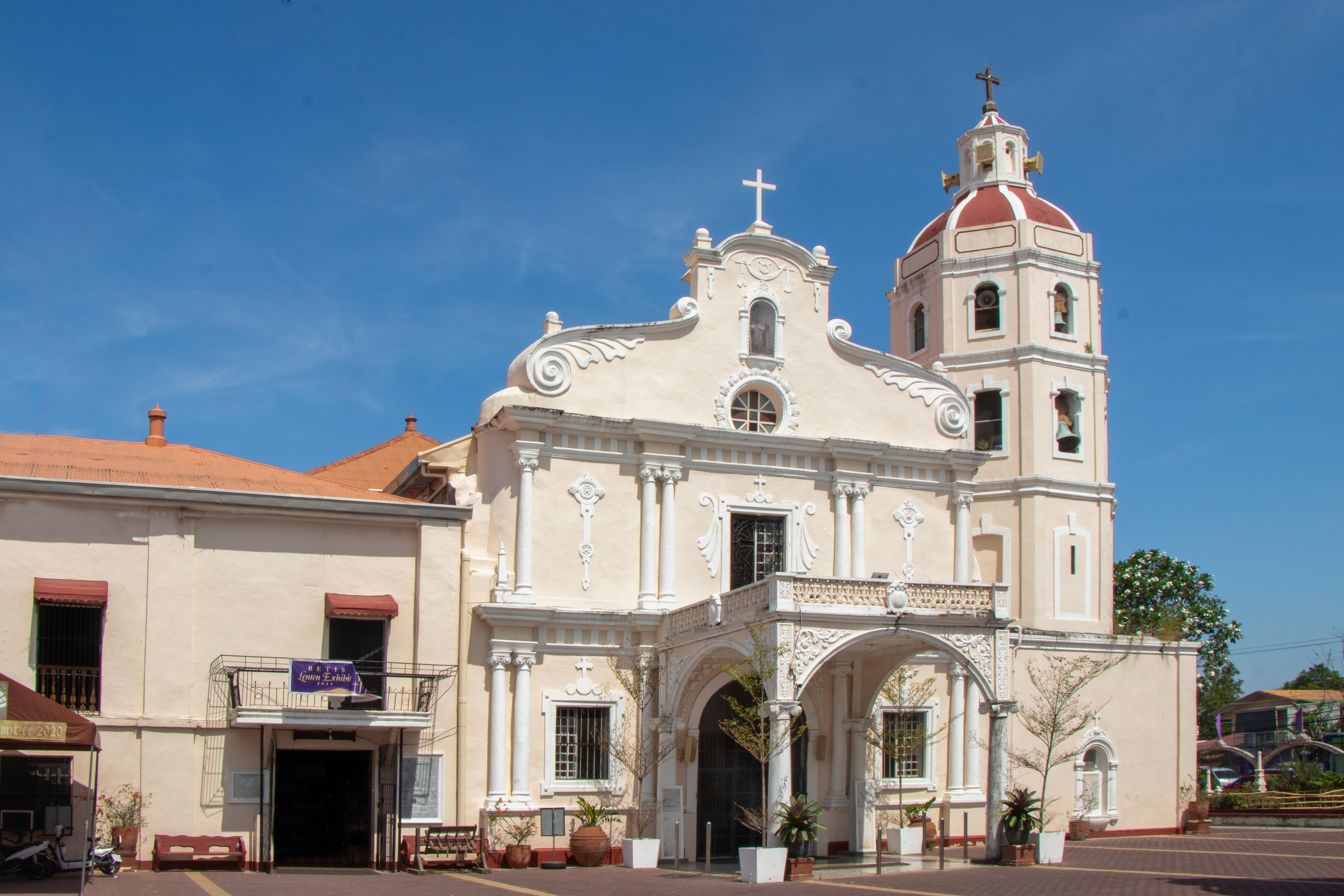
St. James the Apostle Parish Church (Betis Church), Guagua
The Saint James the Apostle Parish, also known as Betis Church, was established as an independent parish in 1607 and has been recognized for its cultural and historical significance. It has been dubbed the Sistine Chapel by many of its visitors for its beautiful interior, adorned with intricate paintings depicting the Catholic faith.
Upon the construction of the Betis Church, various talented individuals contributed to creating the structure we see today, including renowned artist Simón Flores who painted the extraordinary ceiling mural and original picture of the Holy Family. The Baroque-inspired design reflects the integration of Spanish and Latin American architecture with traditional indigenous Filipino architecture. Because it had been built to withstand assaults during uprisings and rebellions, the cathedral appeared to be a fortress and displayed the Church's political influence at that time.
Dedicated to one of the 12 apostles, Saint James the Great, Betis Church is a must-visit destination for individuals interested in Philippine art and architecture who wish to learn more about Pampanga's rich religious and cultural legacy. The church also houses the sacred first-class relic of Saint James the Great, which they received two years ago, placed at the entrance of the parish.
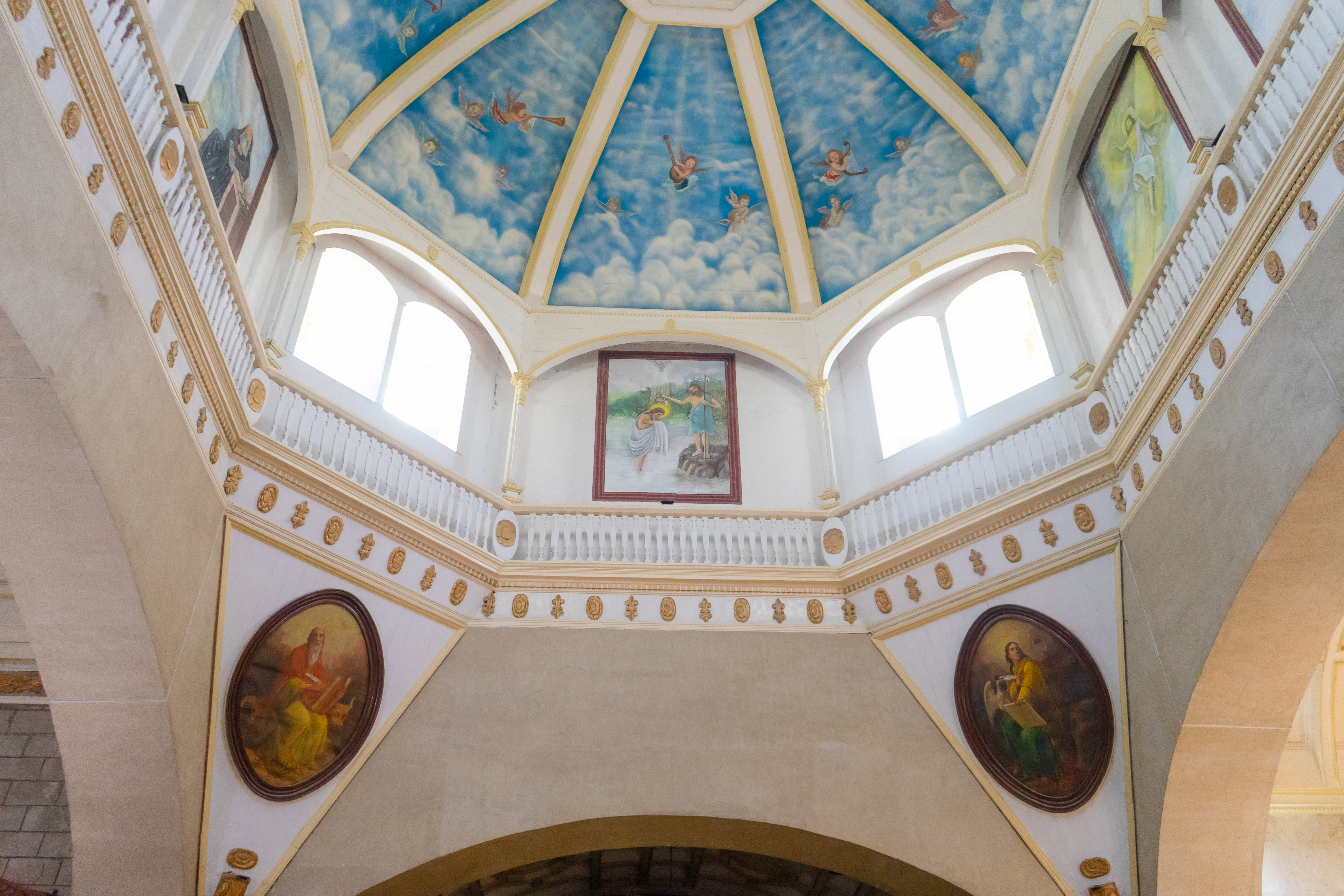
Sta. Rita de Cascia Parish, Sta. Rita
Established in 1726, Sta. Rita de Cascia Parish had a tied history with the town of Porac until it separated from the parish of the latter. Each year, the Parish expects around 10 to 15 buses carrying pilgrims undergoing Visita Iglesia. Among its Lenten activities are the Palaspas and Station of the Cross each Friday of the event.
It features a stunning ceiling mural of Heaven alongside the portraits of St. Matthew, St. Luke, St. John, and St. Mark. According to Danny Razon, a then-sacristan-mayor and now maintenance personnel, the Parish had undergone numerous changes throughout the years—starting with the flooring brought on by lahar from the 1991 Mt. Pinatubo explosion. Aside from the Mt. Pinatubo disaster, the Parish bore witness to strong storms, marked by a habagat plaque on one of the church’s walls, marking how high the floodwater reached.
Enshrined within the church is the first-class relic of the parish’s patron saint, Sta. Rita de Cascia. The part of her incorruptible body, secured in the chest of one of her statues, arrived in August 17, 2008, all the way from Rome.
Next to the church was a home formerly used as a convent, established in 1869. This also housed numerous old bells, some dating back to the church’s founding. The old convent seemed frozen in time, most of its interior still intact, though unstable. The capiz windows held libraries, kitchen spaces, and common areas within the structure. It had also used to be a school before the children were moved as the floors started to weaken.
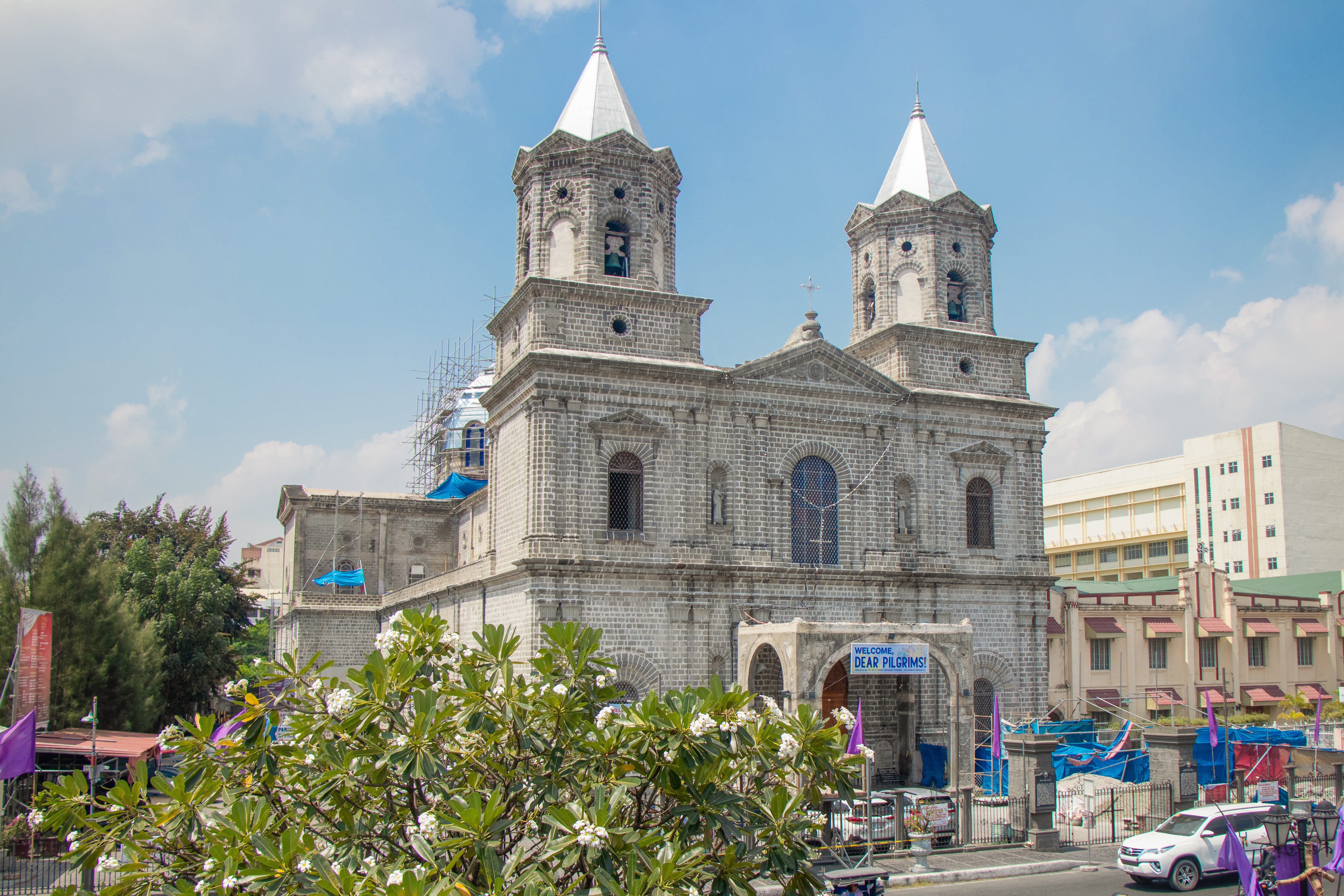
Holy Rosary Parish, Angeles
The foundation and construction of the Holy Rosary parish church had long been contested to be either 1812 or 1829, though according to Br. Jeffrey Buwan, the Head of Ministry Servers in the church, the foundation occurred during the latter time period. Constructed from 1877 to 1896, the only original foundations that remain are the regional heritage wall and the belfry. It has also been declared a historical site by the National Commission for Culture and the Arts (NCCA).
“Pisambang Maragul,” as the locals call it, is currently going through a reformation brought on by the April 2019 6.1 magnitude earthquake felt in Central Luzon. They were constructing the church so that any future calamities would do no further damage to the heritage wall. This restoration is projected to finish around 2025.
Though one cannot visit the main church, they still hold masses every morning in the seven chapels surrounding it. There are numerous activities the church has for Holy Week, namely the Good Friday procession for devotees of the Apung Mamacalulu and the Salubong.
Like Betis Church and Sta. Rita de Cascia Parish, the Holy Rosary Parish, also houses a plethora of relics. Among these is the Veil of the Blessed Virgin, Lady of the Most Holy Rosary La Naval de Angeles,the sepulcher of St. Dominic de Guzman,and a relic from Pope Pius V. Both the former two relics are considered a first-class relic, though the sepulcher has yet to be venerated. Unfortunately, they are unable to be enshrined due to the ongoing construction.

Metropolitan Cathedral of San Fernando, San Fernando
The Metropolitan Cathedral of San Fernando usually only opens when there is an ongoing mass. Despite this, one can still peer inside from between the gate grills and take in the expansive interior. Given the title of an important cultural property, as declared by the National Museum of the Philippines, the Metropolitan Cathedral was founded by Augustinians in 1754 and was formerly the Cathedral of Nuestra Senora de la Asunción (Cathedral of Our Lady of the Assumption).
Like San Agustin Church, history had not been kind to the Cathedral after having been burned by the Philippine Revolutionary Army under orders from Gen. Antonio Luna. Architect Fernando Hizon Ocampo was able to spearhead its restoration 49 years later, in 1948. In the same year, on December 11, the church was elevated to a cathedral. Then, it was established as the Metropolitan Cathedral on October 1, 1981.
A notable thing about the church is its century-old bells. After sustaining heavy cracks brought on by time, the project for the original bells to be replaced was set in motion during late 2003, headed by the San Fernando Heritage Foundation, Inc. After the new bells had been blessed on December 8, 2004, they first rang just in time for the first Simbang Gabi on December 16 of the same year. The old bells were set to be displayed in a bell house next to the Cathedral.
The Cathedral is also situated in front of the Pamahalaang Lungsod ng San Fernando, as well as numerous food shops and stores—perfect for post-mass exploration.
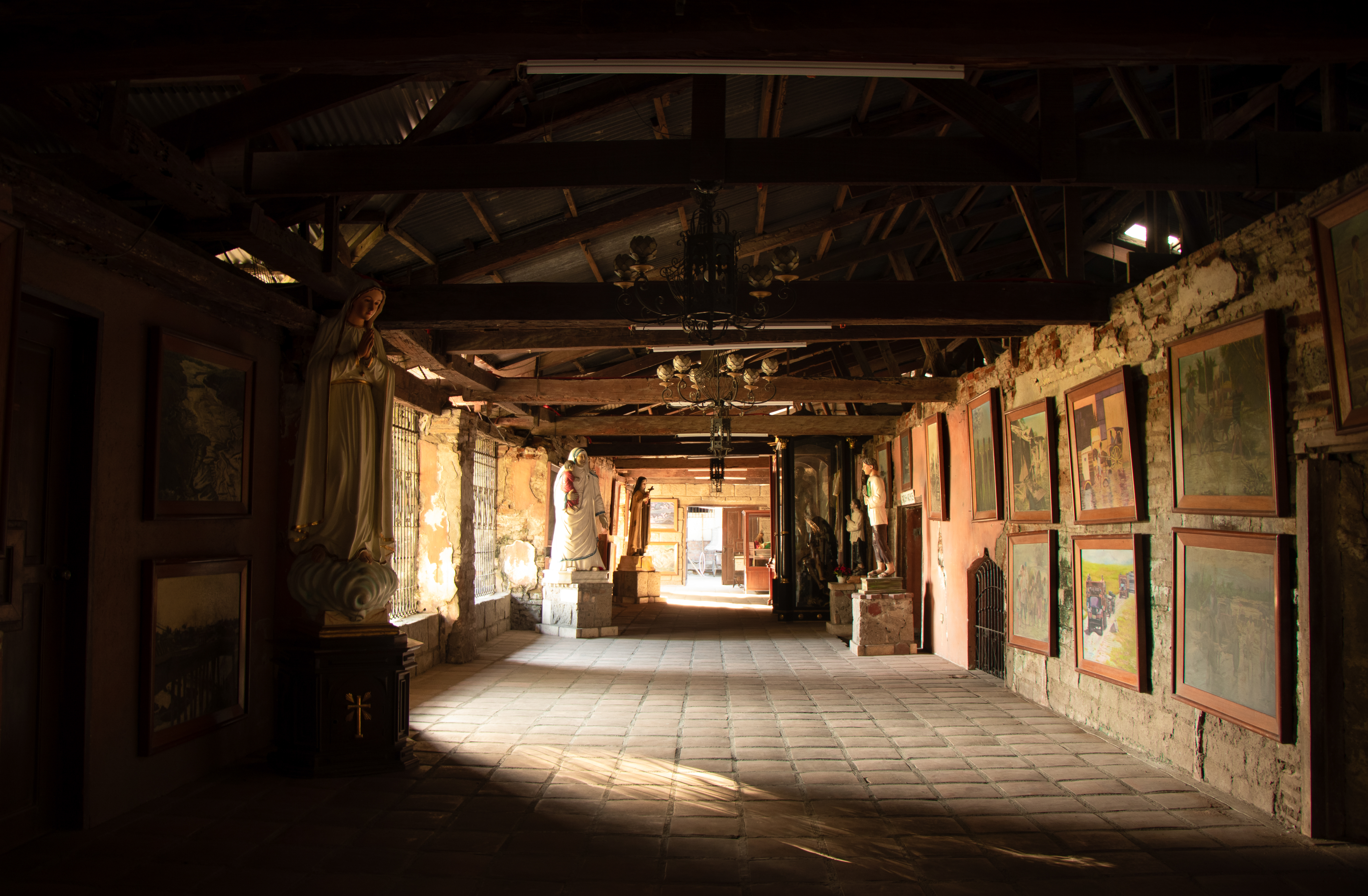
San Guillermo Parish Church, Bacolor
The San Guillermo Parish Church was named after the Bacolor’s patron saint, San Guillermo, and is also known as the “half-buried church” of Bacolor due to the lahar overflow from Mount Pinatubo's eruption in 1991. The 12-foot facade was reduced to half its height, requiring the church to reorganize and adjust to the new level.
Despite also being one of the first churches built by the Augustinian friars, the church was constantly faced with several natural calamities, including an earthquake in 1897 and the 1991 volcanic eruption. As its remaining features are being preserved and maintained, many tourists still visit as it remains a historical piece of Philippine and Kapampangan history.
The church also features a museum on its history near the entrance. Recuerdos Sagrados de Bacolor, or Museo de Bacolor, contains paintings, images, and centuries-old statues dating back to the church’s establishment in Bacolor.
If you ever find yourself in Pampanga, it only takes a few minutes to visit any of these churches and pay homage to its history and culture. Visita Iglesia is a Lenten tradition to visit seven churches on the evening of Maundy Thursday, and hopefully, at least one of the six churches on the list makes it to your panata.

